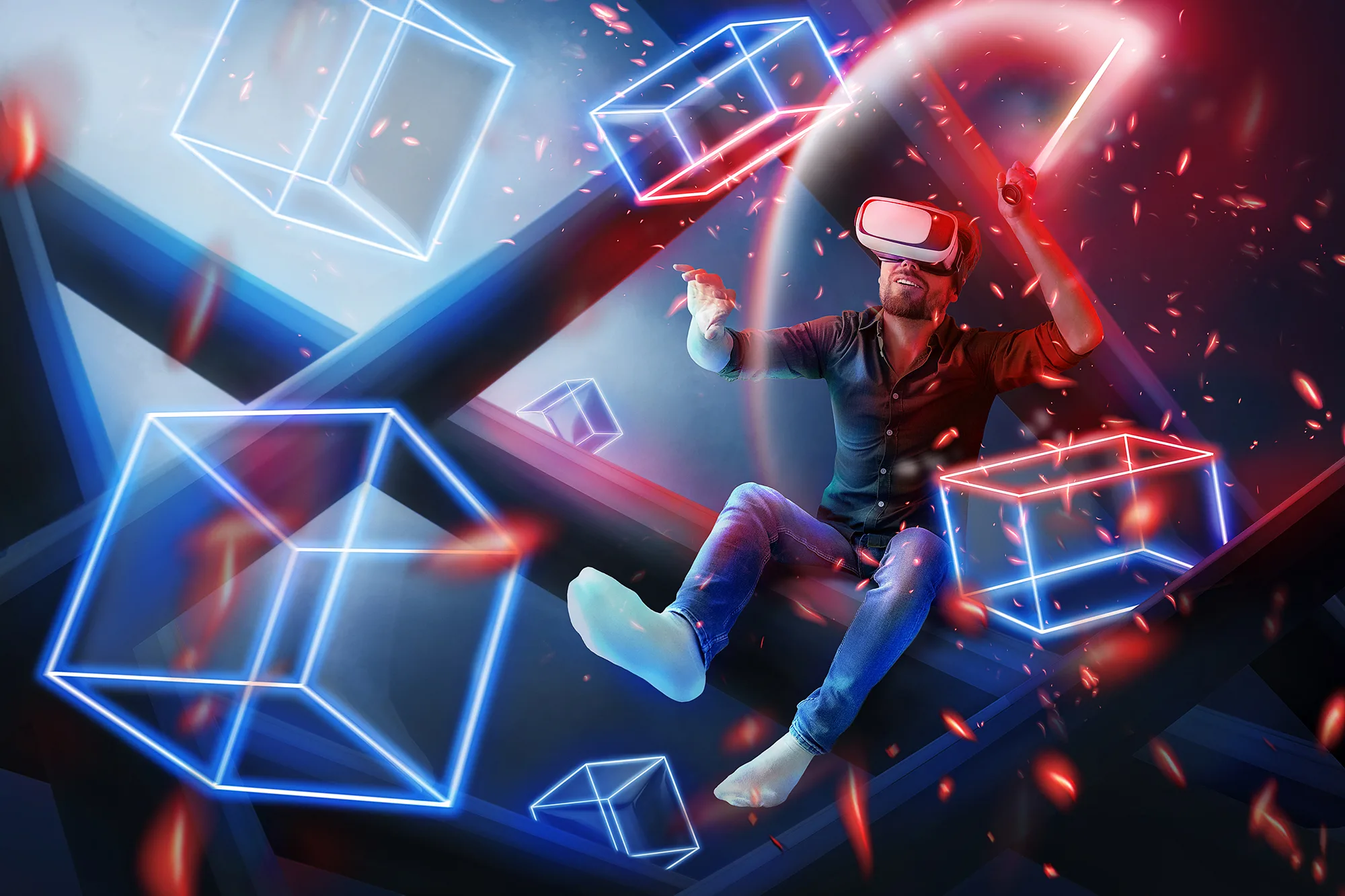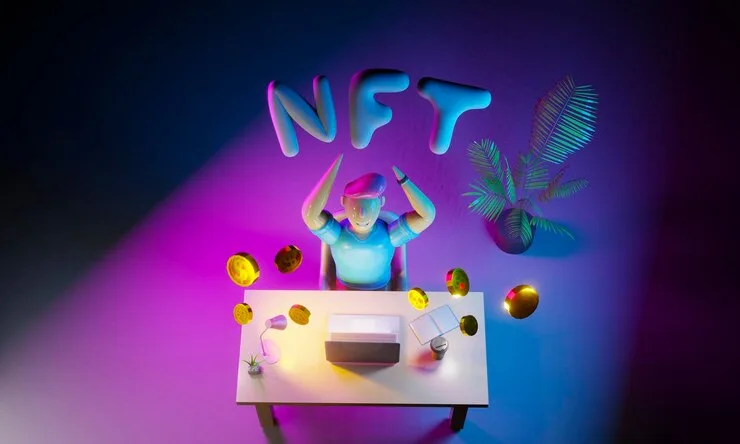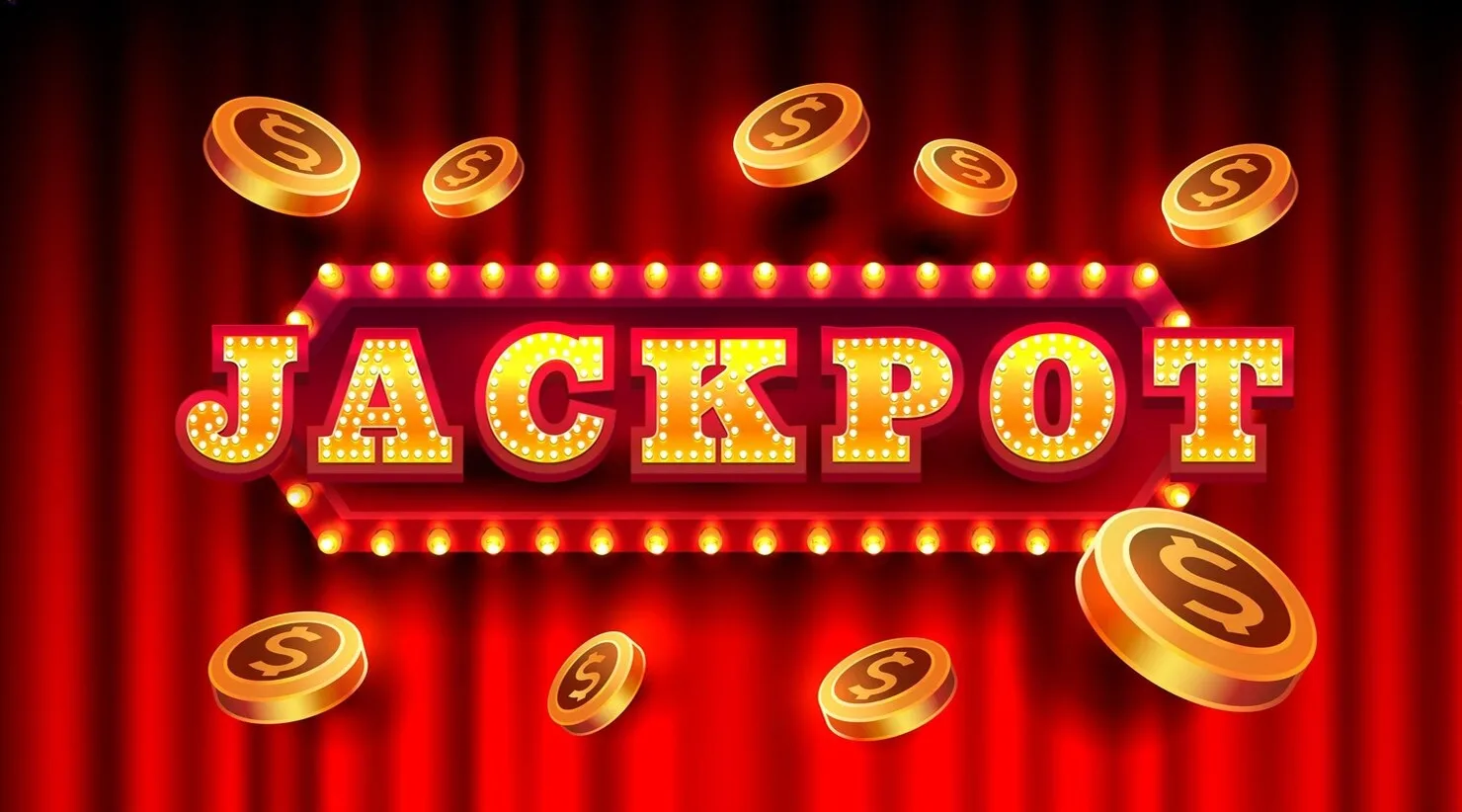The world of gaming is undergoing a massive shift — and it’s being driven by Web3 and Play-to-Earn (P2E) models. These aren’t just buzzwords. They’re redefining how games work, how players interact, and most importantly, how gamers can earn real value from their time.
Whether you’re a player, creator, or investor, here’s what you need to know.
🕹️ What Are Web3 Games?
Web3 games are video games that use blockchain technology to give players real ownership over in-game items, currencies, and assets.
🔑 Key Features:
-
Decentralized ownership: You truly own characters, items, skins, or land as NFTs.
-
Token-based economies: In-game currencies often exist as cryptocurrencies (e.g., ETH, MATIC, SAND).
-
Interoperability: Some items can be used across multiple games or platforms.
-
Smart contracts: Game rules and mechanics are coded on-chain and can’t be tampered with.
💸 What Is Play-to-Earn (P2E)?
The Play-to-Earn model lets players earn real-world value through in-game actions.
Players can earn by:
-
Winning battles
-
Completing missions
-
Trading NFT assets
-
Participating in governance or staking
The assets or tokens earned can be sold, traded, or converted into real money.
🎮 Popular Examples of Web3 & P2E Games
| Game | Blockchain | What You Earn |
|---|---|---|
| Axie Infinity | Ronin (Ethereum) | SLP / AXS tokens |
| The Sandbox | Ethereum/Polygon | SAND token, land NFTs |
| Gods Unchained | Immutable X | NFT cards, $GODS token |
| Big Time | Ethereum | Cosmetic NFTs, tokens |
| Star Atlas | Solana | ATLAS and POLIS tokens |
📈 Why Is P2E So Popular?
✅ Benefits for Players:
-
Earn while playing — a game becomes a side hustle
-
True ownership — no more renting items from publishers
-
Trading and value — sell what you earn or buy to other players
✅ Benefits for Developers:
-
Community-driven economies
-
Incentivized user growth
-
Long-term engagement through token rewards
⚠️ Challenges and Risks
1. Entry Costs
Some games (like Axie Infinity) used to require expensive NFTs to start.
2. Market Volatility
Token prices can rise and crash — your earnings aren’t stable.
3. Sustainability Issues
Some P2E games became unsustainable “ponzi-like” models — paying old users with new ones’ funds.
4. Regulation
Crypto rewards could face legal hurdles in some countries.
🧠 Web3 vs. Traditional Games: What’s the Difference?
| Feature | Traditional Games | Web3 Games |
|---|---|---|
| Item ownership | Controlled by company | Owned as NFTs by players |
| In-game currency | Cannot be withdrawn | Can be traded for real money |
| Cross-game use | Very limited | Possible via interoperable NFTs |
| Monetization model | Buy-to-play or freemium | Earn-to-play + NFT sales |
| Developer control | Centralized | Often community-governed |
🛠️ How to Start Playing Web3 Games
-
Get a crypto wallet (MetaMask, Phantom, etc.)
-
Buy crypto (ETH, MATIC, SOL, etc.) for transactions
-
Choose a game and connect your wallet
-
Start earning by playing or trading NFTs
-
Withdraw to exchanges if you want real money
💡 Start with free-to-play or low-entry games to test the space safely.
🔮 Are Web3 Games the Future?
Not all Web3 games will survive — but the core ideas behind them likely will:
-
Digital ownership
-
Tokenized economies
-
Player-driven marketplaces
As technology improves and developers refine economic models, Web3 games are expected to become more fun, fair, and financially rewarding.
Frequently Asked Questions
✅ Final Thoughts
Web3 and Play-to-Earn games are reshaping the gaming landscape. They empower players with ownership, income potential, and a new kind of freedom.
But it’s still early. The space is evolving fast, and not every project will succeed.
If you’re curious, start small, stay informed, and play smart.
Welcome to the future of gaming.




Discussion (0)